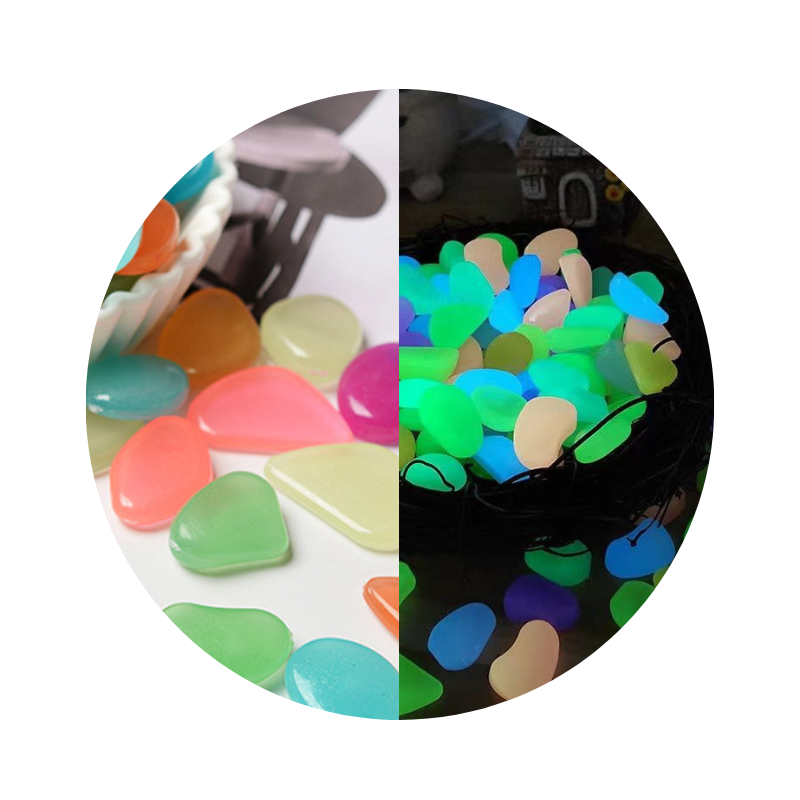
Exploring the Benefits of Perlite in Sack Applications for Improved Soil and Plant Growth
The Role of Perlite in Sack Cultivation
Perlite, a naturally occurring volcanic glass, has gained significant attention in the field of agriculture and horticulture, particularly in sack cultivation. Its unique properties make it an ideal component for growing plants in a soilless environment, enhancing aeration, drainage, and root development. This article explores the importance of perlite in sack cultivation and its benefits to both amateur and professional gardeners.
What is Perlite?
Perlite is formed when volcanic glass is heated to high temperatures (around 1,600 degrees Fahrenheit), causing it to expand and form small, lightweight, white spheres. These spheres have a porous structure that plays a pivotal role in improving soil or medium properties, making it an excellent addition to various gardening setups, particularly within sacks.
Benefits of Using Perlite in Sack Cultivation
1. Improved Aeration One of the primary advantages of incorporating perlite into sack cultivation is its ability to improve aeration. In a sack environment, roots require adequate oxygen to grow healthily. Perlite’s porous nature allows air to circulate freely within the medium, preventing root rot and promoting vigorous plant growth.
2. Enhanced Drainage Perlite greatly enhances drainage capacity. This is crucial in sack cultivation, where waterlogged conditions can be detrimental to plant health. By incorporating perlite into the growing medium, excess water can easily drain away, ensuring that plant roots remain moist but not saturated.
3. Lightweight and Sterile Perlite is incredibly lightweight, making it an ideal choice for sack cultivation where weight can be a concern. This feature allows gardeners to create portable arrangements and experiment with different layouts without straining their resources. Moreover, perlite is sterile, reducing the risk of root diseases and pests during growth.
perlite in sacchi

4. pH Neutral Perlite does not significantly alter the pH of the growing medium, allowing gardeners to maintain optimal conditions for their plants. This neutrality is particularly beneficial for growing a diverse range of species, as different plants often require specific pH levels for optimal nutrient uptake.
5. Cost-Effective Compared to other growing mediums, perlite is relatively inexpensive and widely available. This accessibility makes it an attractive option for both beginner gardeners looking to experiment with sack cultivation and professionals aiming to increase efficiency without breaking the bank.
Applications in Sack Cultivation
Sack cultivation is a method increasingly adopted in urban gardening, balcony gardening, and even in commercial farming due to its potential for space optimization. By utilizing perlite in sacks, gardeners can create customized growing environments suited to various plant types, from herbs and vegetables to ornamental flowers.
To utilize perlite in sack cultivation, gardeners typically mix it with other components such as coconut coir, peat moss, or vermiculite to create a well-balanced growing medium. A common mixture might include 30% perlite, 30% coir, and 40% compost, providing plants with a nutrient-rich environment that promotes healthy growth.
Conclusion
In conclusion, perlite plays a crucial role in the success of sack cultivation by enhancing aeration, drainage, and overall plant health. Its lightweight, sterile, and pH-neutral attributes make it a beloved choice among gardeners looking to maximize their planting space while ensuring robust growth. As urban gardening continues to rise, the integration of perlite into sack cultivation will likely contribute to more sustainable and productive gardening practices, making it an indispensable resource in the modern gardening landscape.
Share
-
Premium Pigment Supplier Custom Solutions & Bulk OrdersNewsMay.30,2025
-
Top China Slag Fly Ash Manufacturer OEM Factory SolutionsNewsMay.30,2025
-
Natural Lava Rock & Pumice for Landscaping Durable Volcanic SolutionsNewsMay.30,2025
-
Custom Micro Silica Fume Powder Manufacturers High-Purity SolutionsNewsMay.29,2025
-
Custom Mica Powder Pigment Manufacturers Vibrant Colors & Bulk OrdersNewsMay.29,2025
-
Custom Micro Silica Fume Powder Manufacturers Premium QualityNewsMay.29,2025






